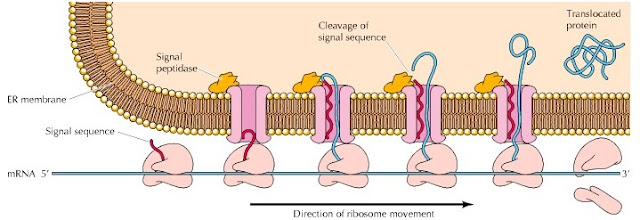Protein processing refers to the series of modifications that a newly synthesized polypeptide undergoes to become a fully functional protein. This process includes various biochemical transformations, such as folding, post-translational modifications, and proteolytic cleavage. These modifications are essential for the protein to attain its correct structure and function, enabling it to participate effectively in cellular processes.
Mechanism of Protein Processing
Translation:
The initial step involves the translation of messenger RNA (mRNA) into a polypeptide chain at the ribosome. This process is facilitated by transfer RNA (tRNA) which brings amino acids to the ribosome in accordance with the codons on the mRNA.
Folding:
Once synthesized, the polypeptide begins to fold into its three-dimensional structure. This folding is guided by the sequence of amino acids and is crucial for the protein's functionality. Chaperone proteins often assist in this process to prevent misfolding and aggregation.
Post-Translational Modifications (PTMs):
After folding, proteins may undergo various PTMs that can significantly alter their activity, stability, and localization. Common modifications include:
- Glycosylation: Addition of carbohydrate groups, which can affect protein stability and cell signaling.
- Phosphorylation: Addition of phosphate groups, often regulating enzyme activity and signal transduction pathways.
- Acetylation, Methylation, and Ubiquitination: These modifications can influence protein interactions and degradation pathways.
Proteolytic Cleavage:
Many proteins are synthesized as inactive precursors (zymogens) that require cleavage to become active. This proteolysis can occur in various cellular compartments and is crucial for the activation of enzymes and hormones.
Quality Control:
Cells have mechanisms to ensure that only correctly folded and modified proteins are transported to their functional locations. Misfolded proteins may be targeted for degradation by proteasomes or undergo refolding attempts with the help of chaperones.
Transport:
Finally, processed proteins are transported to their functional sites within or outside the cell. This may involve packaging into vesicles for secretion or delivery to specific organelles.


No comments:
Post a Comment